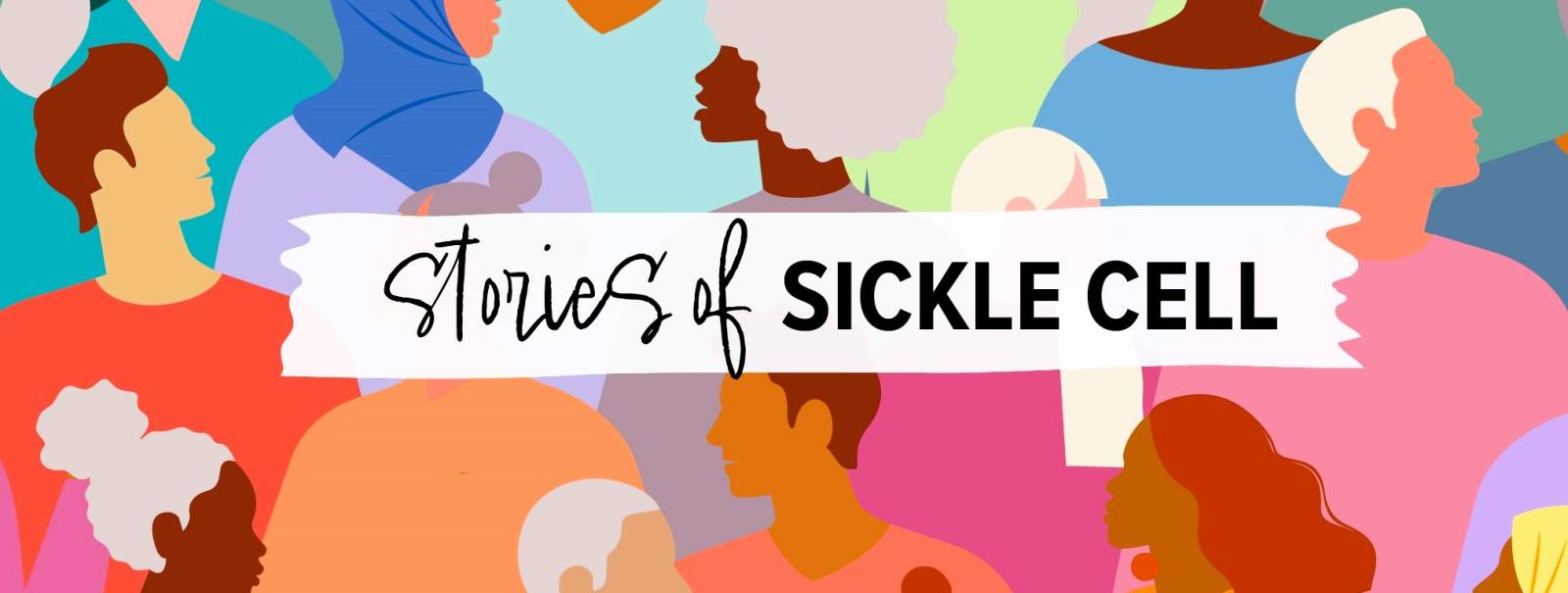You are here
Stories of Sickle Cell
Ayana Johnson
A lot of people definitely see only the televised version of pageantry. 'Toddlers and Tiaras.' You know, it's shown as such a competitive world where girls are so snotty and you're not getting anything out of it except for getting awards for wearing pretty dresses. And it's not that at all.
Ayana Johnson shares her story of living with Sickle Cell Disease
Ayana celebrates a pageant win
Ayana is an active advocate in her state
I think the really cool thing about pageantry and specifically the Miss America system, is that you're able to showcase what your thoughts are. I think it definitely breaks that standard of misogyny [prejudice against women] that we have, just living in the world today, of women not being able to freely express themselves and their thoughts and their opinions; in pageantry you're able to do that with free rein. You're able to get your point across in a way that is seen as powerful and not looked down upon, which I just think is really, really cool.
I just learned a lot through pageantry. Five years ago, I would not be able to sit here and tell you about my life and share my story in a way that can be motivating to other people. I wouldn't be able to do that if it wasn't for pageantry and sitting down with a panel of judges and telling them about why I want this job. I think that's just great. It's really shaped me into who I am today, for sure.
Elle Cole
When my daughter was 5 years old, she experienced her first pain crisis. It was really terrifying for me because I had heard about sickle cell, but until you actually see your child go through a pain crisis, it's like nothing you've ever seen before.
Author and mom Elle Cole with her sickle cell books
Elle Cole and family
Cole wrote these books to help her daughter and others understand SCD.
So, once she was able to overcome that experience and the crisis was gone, I realized that I needed to talk to her about her illness, even though she was young. And so when she was 5, I wrote it down based on the ABCs. I applied each letter to a term that relates to sickle cell. And I felt like it was a way to really get her to understand why she had so many doctor's appointments, because she had a twin sister who did not have to go to the doctor's appointments. And I also wanted her twin sister to feel like she was a part of the experience, that it wasn't something where her parents were just taking care of her sister.
By taking each letter and explaining what was happening, I was able to kind of paint a picture of what her sickle cell experience was and give her words. For instance, when she would look in the mirror, sometimes she would notice that the white parts of her eyes were yellow, and when she would look at her sister, her sister's eyes weren't like that. And so, I had to kind of explain to her about jaundice, not so that she would be afraid, but so that she would understand, because I felt like if you truly explain things and you break it down, you can kind of reduce that fear that can sometimes come with the unknown.
Tristan Lee
I had a stroke when I was 9 due to sickle cell. After I had my stroke, I came out of the hospital and even though I was the same person on the inside, I walked with a heavy limp. Going back into school, I thought I'd be embraced and accepted by my friends. But when I got back, it was just like I was a completely different person to them. A lot of kids made fun of me, a lot of adults looked at me crazy.
But then, when I was around age 11, there was a children's theater that came into town. I asked my mom, 'Can I please, please audition for this children's theater?' She was kind of apprehensive, but she was like, 'You know what, if you're actually interested in this, yes, we can do it.' And so, she took me and I got my first acting job through the community theater.
From that moment on, I knew once I was under the spotlight on stage, that people weren't looking at me because of my disability, they were looking at me because of my talent.
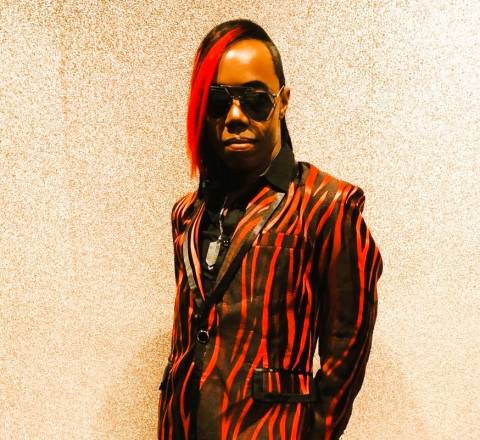
From 11 [years of age] up until now, I'm still heavily into acting. I just got a lot more confidence because of my acting and my theater. If it wasn't for that, I probably wouldn't even—well, I probably wouldn't even exist, to be honest.
So that changed my life completely. Instead of shrinking back into what society thought I should be, I just blossomed and bloomed because of my love for the theater and the stage and acting.
Dr. Lauren Smith
Because of pain crises and other complications, kids with sickle cell disease miss an incredible amount of school. And we've all seen with the pandemic what it's like for so many kids to miss so much school. In addition to the educational aspect of missing school, there's the social disruption. It's a really important part of childhood and youth to be able to make those social connections and to have peers. And if you're not in school and you're feeling lousy a good portion of the time, it's hard to make those social connections that are important.
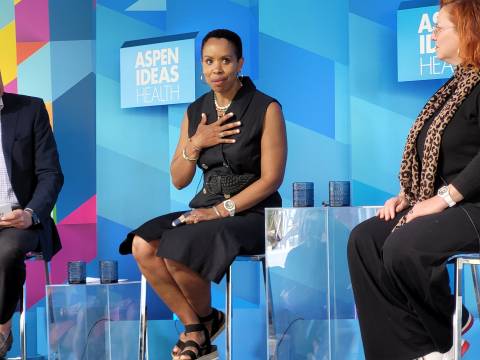
Along with the missed school for young people, there's missed work for the adults. So even if the adult doesn't have sickle cell disease, if their kids do, then they're going to be missing work. And if they don't have paid vacation and they choose to stay with their child in the hospital, then they're losing wages, which puts their families at risk for not making ends meet. Or their child might not have the benefit of their presence, advocacy, and comfort in the hospital. And we saw this all the time because people had to make the choice: Do I provide for my family—this child and my other family members included—or do I miss work, miss income, and stay with my child in the hospital?
Constance Benson is more than her SCD
In the hospital for a stem cell transplant
Constance is looking to the future
Constance Benson
For that time period when I was watching those Disney movies, I wasn’t thinking about my pain, I completely escaped. I was engrossed in the story. I was Jasmine flirting with Aladdin. For me acting and being able to bring life to a character, I want people to be able to escape whatever reality they’re feeling right then and there so they can get the same gift that I was given when I was sick.
Mimi E.
Growing up with sickle cell, I was deprived of a lot of normal day-to-day childhood activities, anything from field trips, team sports, friends, or family gatherings. I remember jazz recitals were coming up. They were on a Sunday, and I remember having a sickle cell crisis a couple of days beforehand. I had practiced so hard and I was just absolutely devastated. I was so angry with myself. It wasn't even my fault, but I was so angry I could not attend that particular recital.
The inability to do my normal day-to-day tasks still bothers me until this day. As soon as I know there's a sickle cell crisis coming on, I get so upset and so angry with it. I don't know. I just get so upset with my body and like, why now? Why are you doing this?
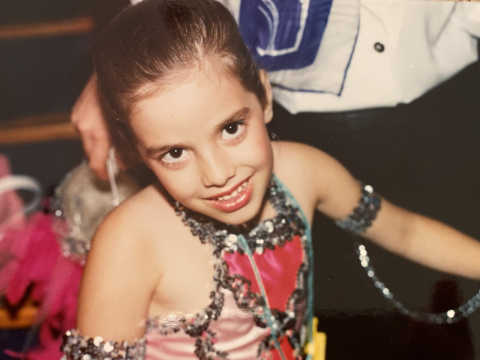
So, I guess growing up, you know you can't do this, you can't do that, you'll never be able to do this or be able to do that. I guess I've become defiant towards my own disease in a sense. So, anything anybody tells me I can't do, I go out to try to do [it] anyways. I guess there's a part of me that is rebellious against my own disease and [wants to] see exactly how far I can go.
Dr. Wally Smith
A typical patient with sickle cell disease is in pain at home and has to make a decision. Do I come to the emergency department for that pain or not? I thought that those patients were making decisions as scientifically and as constructively and as decisively as a businessperson would. So, in other words, they'd made a list of pros and a list of cons, and they compared the pros and the cons, and they weighed their decision to come. And I learned that that's not the case.
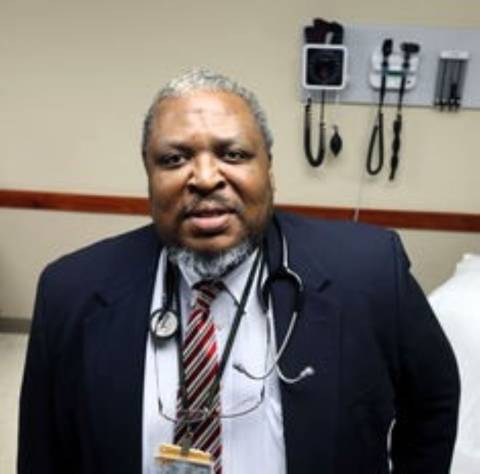
Turns out that most pain is treated at home. It is not treated in emergency departments. It's not treated in hospitals. Most of the time, patients in pain with sickle cell disease decide not to come to the emergency department.
When I started out, I assumed physicians were not biased. I assumed that they were scientific. I assumed that they use biological cues only to make decisions about how to manage pain in patients with sickle cell disease. And I assumed I would be able to ferret out what was in their head and what was driving those decisions. It has a lot to do with their own cultural background and their own biases that they bring to the table. And it has a lot to do with the systems of care that they find themselves in. And it has a lot to do with the way that they view their own careers and whether they think they will be chastised by external groups for things like using opioids.
Learn more about our work on Sickle Cell Disease.
